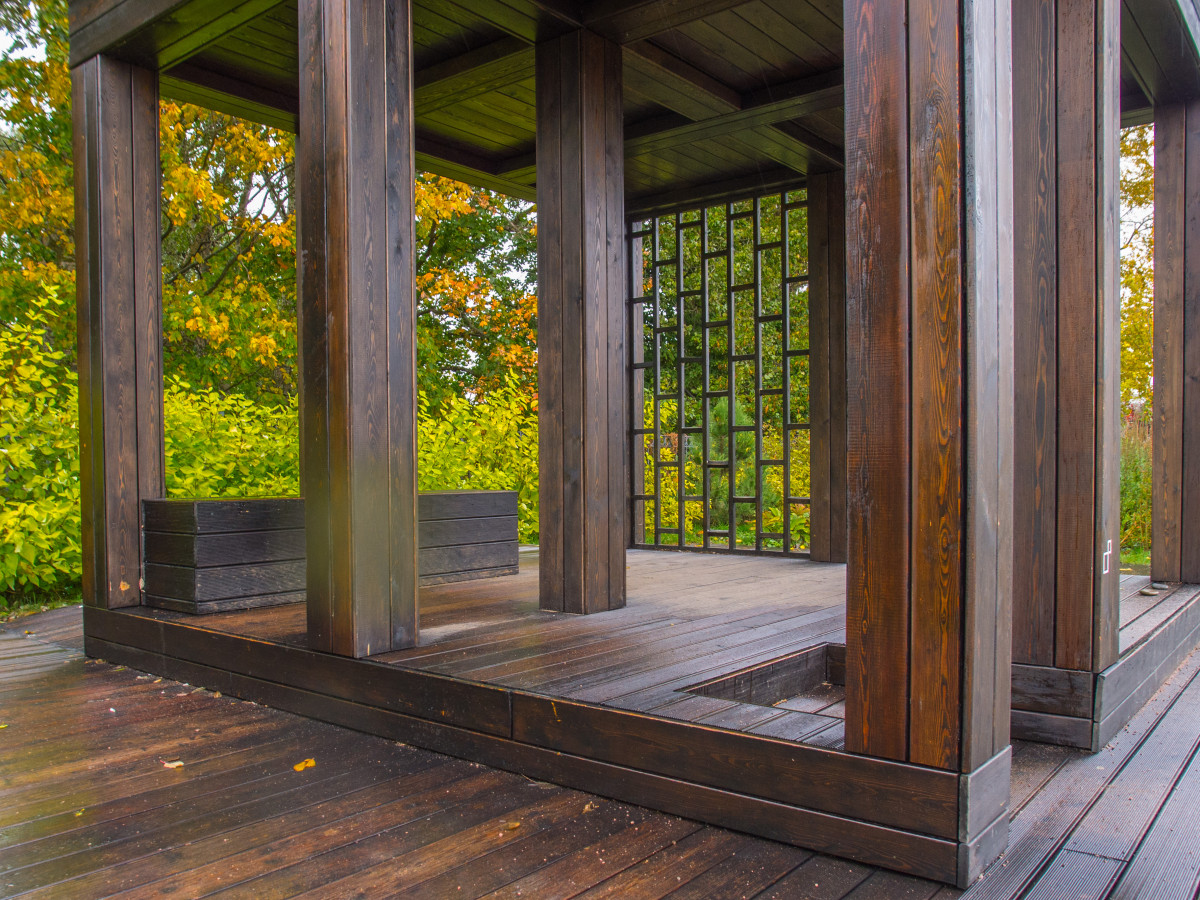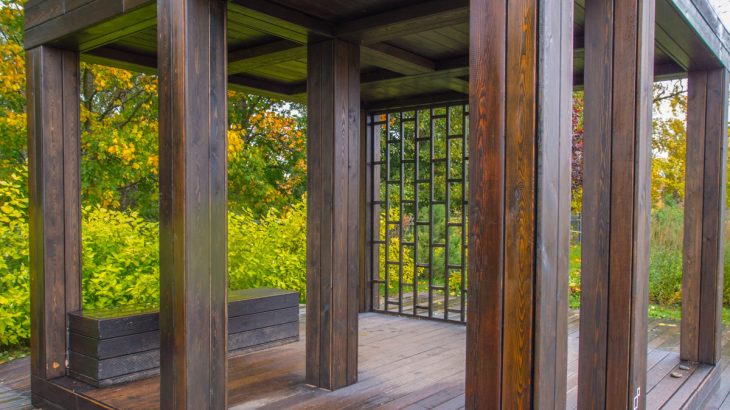The Importance of Waterproofing Your Deck
Before proceeding with the installation of your deck, it is important to think about the waterproofing of the deck to ensure its durability, regardless of the material chosen: wood, concrete, stone, or tiles.
As with any construction site, the question of water arises during the construction and treatment of a terrace. It is important to avoid infiltration, and water stagnation, especially during winter (due to freezing and thawing cycles), and to fight against its impregnation in the materials.
Waterproofing your terrace will limit the installation of moss, lichens, and mold and avoid the rise and efflorescence on the surface.
Whether you are creating a new deck or renovating an existing one, it is important to think about the different solutions for waterproofing and sealing the structure for better durability.
Note: this page deals with the treatment of a deck with a concrete slab structure.
Waterproofing
To avoid water stagnation and infiltration, you have two options:
Waterproofing: is similar to a barrier, as we say of a watertight container that does not let water through. This concerns the treatment of the slab (generally) that supports the finish of your terrace.
Waterproofing: is close to the characteristic of a waterproofed material, which has a water-repellent function so that water does not stagnate and is easily drained. For a terrace, it is a surface treatment, either of the structure that receives the finish (the slab) or of the finish coating.
Note: a waterproofing treatment is not infallible and will never replace real waterproofing.
When choosing the technique to adopt, there are two configurations:
either the exterior terrace is simple and does not have any rooms underneath, even if they are not habitable, then waterproofing may be sufficient;
or it covers a room and therefore requires imperative waterproofing.
Waterproofing of a simple terrace, without any room underneath or on a crawl space
New
When creating a terrace on a concrete slab, it is interesting to waterproof this slab in order to extend its life and protect it against any water infiltration.
Renovation
When rehabilitating an existing terrace, the ideal is to be able to remove the coating and have access to the slab itself in order to:
- check its condition;
- remedy any defects with specific products (cracks, porous or crumbly surface);
- and then proceed to its complete sealing.
If the covering is kept, the solution is to apply the appropriate waterproofing product depending on the material: tiles, stone, terracotta, interlocking paving stones, wood, and brick. This process, which does not waterproof the slab, still has the advantage of protecting the coating, stopping water absorption, and acting as a stain blocker. It also facilitates the maintenance of the terrace while allowing the materials to breathe.
The different solutions for waterproofing and sealing

Generally, the products come in liquid or paste form and are applied with a brush, roller, or spatula. Some require the use of a primer or primer coat to facilitate the adhesion of the product.
It is also possible to combine two treatments because they complement each other (waterproofing for the slab and surface treatment for the finish).
Note: for the creation of a slab or a patching screed, there are also admixtures to be integrated at the time of composition of the concrete.
|
Technique/product |
Waterproofing |
Sealing |
New |
Renovation |
|---|---|---|---|---|
|
Admixture is to be mixed directly into the concrete composition |
X |
X |
X |
|
|
Special mortar for use with synthetic reinforcement |
|
X |
X |
X |
|
Waterproofing resin |
|
X |
X |
X |
|
Sealing compound |
|
X |
X |
X |
|
Waterproofing surface treatment |
X |
|
X |
X |
Special precautions
Successful waterproofing requires careful installation, especially of all the elements that cross, complete, and adjoin the terrace. As a matter of principle, waterproofing goes up the vertical walls, and the corners receive several layers of product and can be reinforced with synthetic strips.
In addition, these products contain chemical compounds that are generally harmful, flammable, and toxic. Therefore, it is imperative to handle them with care, follow the instructions for storage, application, and cleaning of tools, and dispose of the surplus and packaging at the waste disposal center.
Note: the issue of water and moisture is to be considered as a whole. Peripheral drainage may be necessary. Similarly, water drainage on a terrace begins with a slight slope of the slab!
Waterproofing an outdoor terrace on a room
Suppose you are planning to build or renovate a terrace in a room. In that case, whether it is large or small, habitable, insulated and heated, whether it is used for storage, whether it is enclosed and covered, naturally ventilated or not, your terrace will act as a roof for this room.
Thus, your terrace becomes a roof terrace that must be treated with the greatest care to prevent any future disorder because of its role as a roof and its links with the building.
Moreover, depending on the intended use, it necessarily falls into two categories: the accessible terrace roof and the non-accessible terrace roof, which we suggest you detail on the terrace roof page.



















